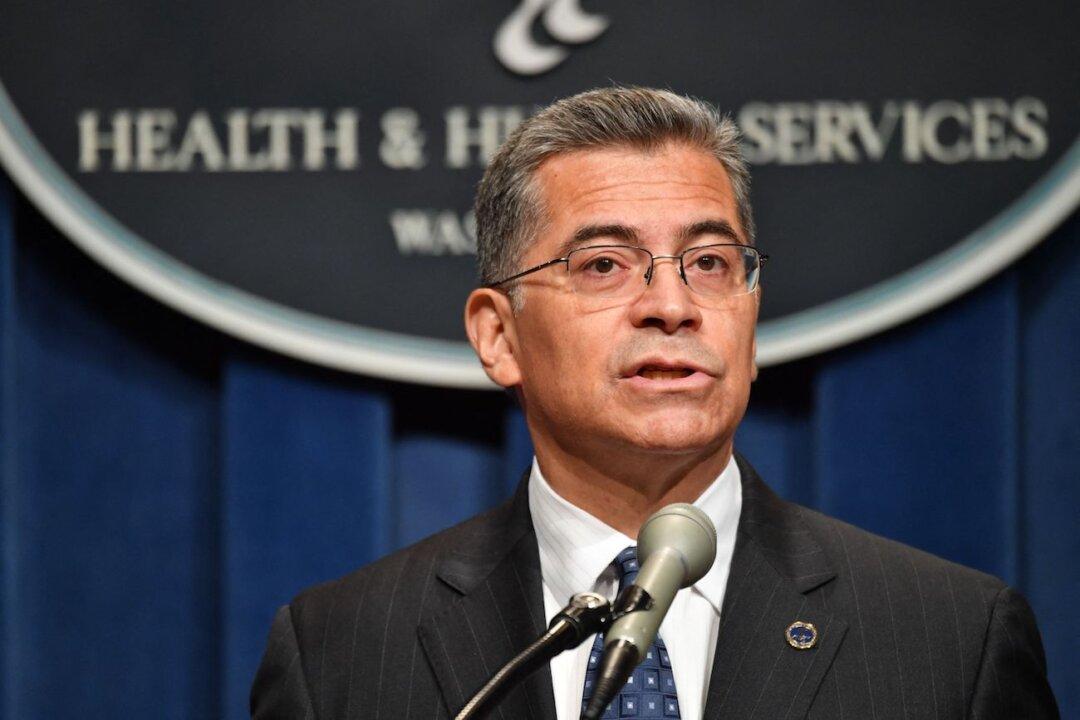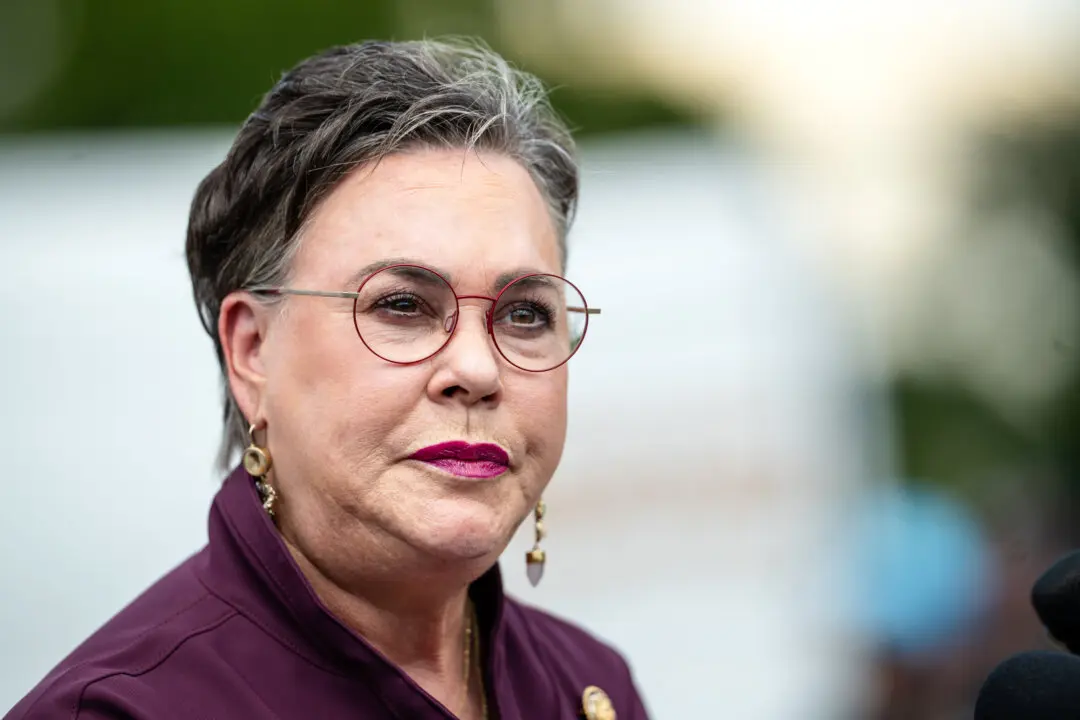More Americans are signing up for health insurance through Obamacare exchanges than ever before, the Biden administration said on Wednesday.
According to the U.S. Department of Health and Human Services (HHS), a record 15.9 million Americans have so far enrolled in health care plans through the federal Affordable Care Act marketplace, also known as Obamacare. Among them, 3.1 million are new enrollees, with 12.8 million people selecting a different plan or being automatically enrolled in the one they had in 2022.





